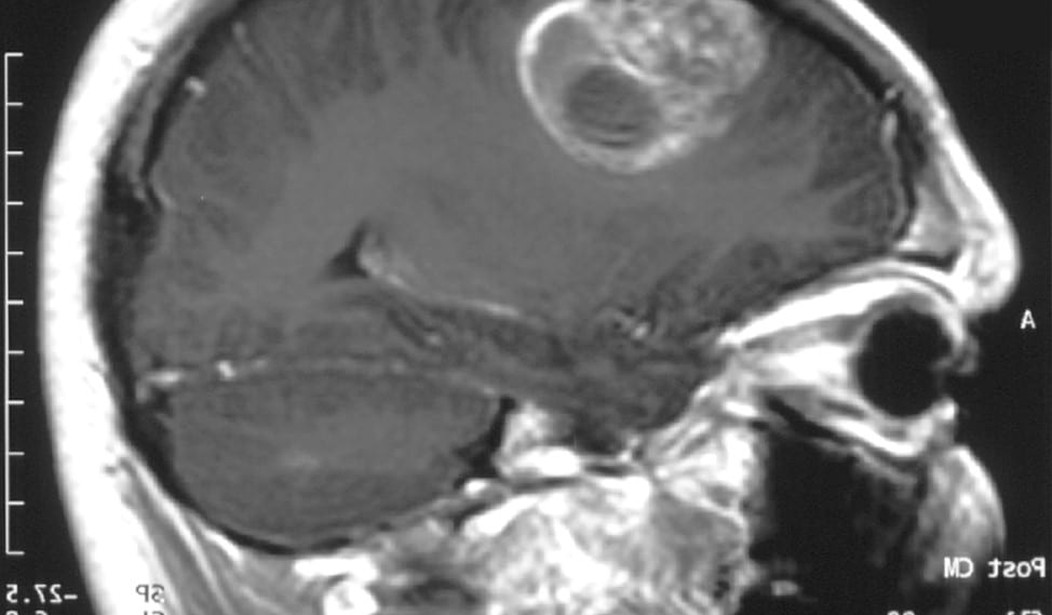This just in on Twitter:
BULLETIN – Senator John McCain has been diagnosed with brain cancer after pathology was performed following this weekend's surgery
— Steve Brusk (@stevebruskCNN) July 20, 2017
The senator was diagnosed with glioblastoma, the same tumor type that killed Senator Edward Kennedy and Joe Biden’s son Beau. I wrote about my own experience of a loved one named Steph with glioblastoma in a PJ piece in April.
Glioblastoma multiforme is a very aggressive tumor of astrocytes, star-shaped cells that are part of the glia. We used to think of glial cells as sort of the infrastructure of the brain, supporting and surrounding the neurons, but recently it’s been discovered that astrocytes, in particular, have signaling functions of their own.
Astrocytes are tangled into the structures of the other glial cells. This image of an astrocyte gives an impression of how they are woven into the brain.

By GerryShaw, Own work (CC BY-SA 3.0)
It doesn’t form nice distinct tumors; instead, the malignant astrocytes infiltrate and surround many other kinds of cells, as well as mineral deposits, blood vessels, and dead cells. Because it is so insidious it’s almost impossible to completely remove the tumor, either with chemotherapy or radiation. While there are some newer treatments, the long-term survival odds are very bleak, particularly in someone McCain’s age.
There are a number of new experimental treatments. I described one in April: a device called Optune, which creates an alternating electrical field in the brain. This field apparently disrupts cell division. Since cancer cells are dividing rapidly, and normal brain tissue hardly divides at all, this has the effect of slowing tumor progress substantially.
One of the most promising recent areas of research in all cancer has come from the discovery that many types of tumors that appear identical turn out to have different genetic markers or protein variants — so called biomarkers. (There is an interesting, if technical, paper on biomarkers of glioblastoma here.) The basic point is that as biomarkers are associated with the tumor, they can help predict which treatments will be effective for this particular individual tumor, or even provide hints toward new treatments.
Another promising area of research is immunotherapy. The immune system should properly identify tumor cells as being foreign to the body, causing T-type leucocytes (a kind of white blood cell) to attack them and destroy them — basically eat them. A successful tumor that gets established has found some combination of mutations that make the immune system not recognize the tumor as foreign. In immunotherapy, some approach is used to “teach” the T cells to attack the tumor cells they previously ignored. In one interesting example, researchers used the fact that glioblastoma cells express cytomegalovirus (a kind of herpes virus that is normally harmless) proteins, while surrounding normal brain tissue does not. Their experimental therapy targeted specific proteins on some of the cells for attack in a way that brought the cells to the immune system’s attention, and did get increased survival.
Still, this is a bad diagnosis. As I said in April, I didn’t understand my medical school friends who hated some particular histology, some particular tumor type — until my friend Steph’s GBM. Now McCain has it, and I’m reminded — again — why I hate glioblastoma.










Join the conversation as a VIP Member